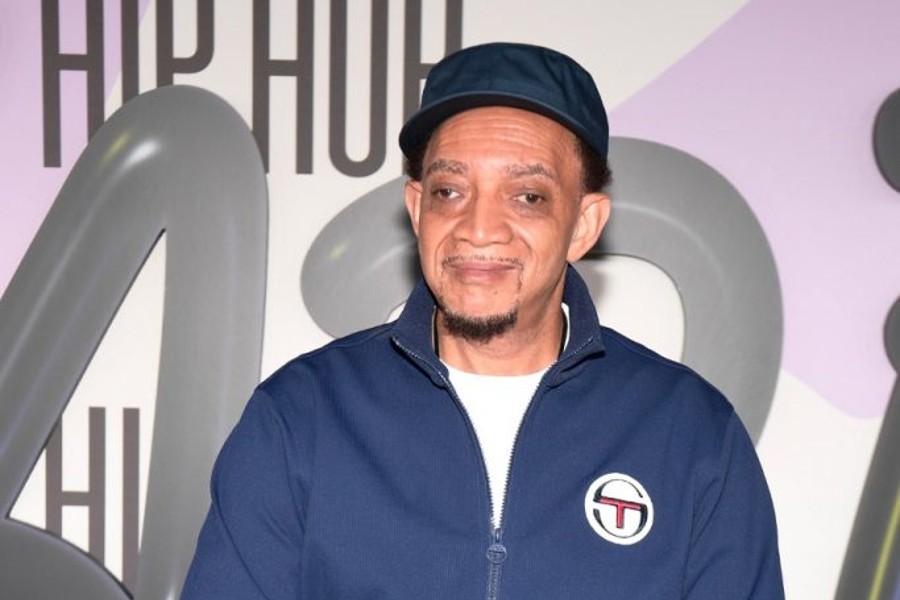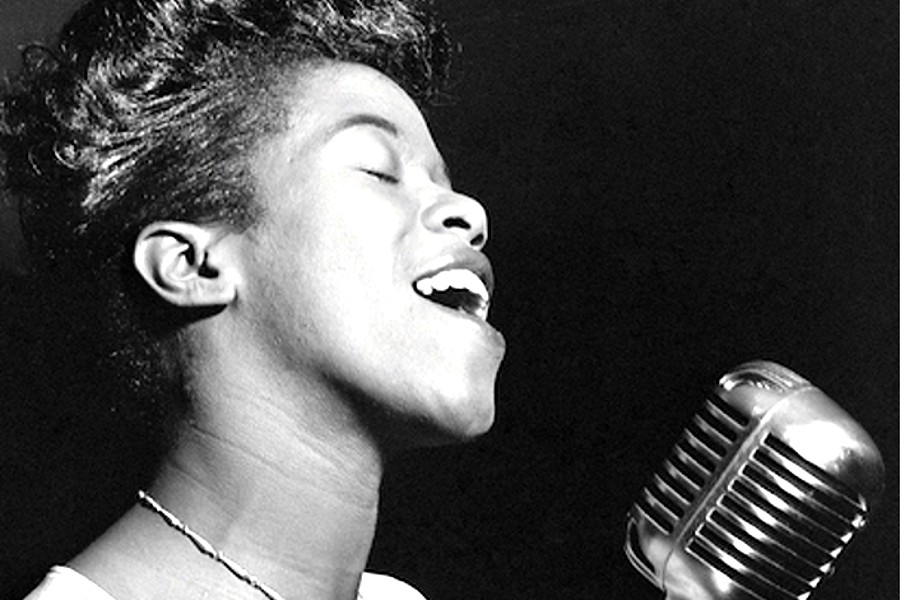 Black men were lynched for “standing around”, for “annoying white girls”, for failing to call a policeman “mister”. Those are just a few of the horrific stories on display at a new national memorial to lynching victims in Montgomery, Alabama.
Black men were lynched for “standing around”, for “annoying white girls”, for failing to call a policeman “mister”. Those are just a few of the horrific stories on display at a new national memorial to lynching victims in Montgomery, Alabama.
One mile away, another historical monument tells a very different tale about the American south: the First White House of the Confederacy celebrates the life of “renowned American patriot” Jefferson Davis, who served as the president of the Confederate states, while making virtually no mention of the hundreds of black people he and his family enslaved.
The contradictions of Montgomery’s historical narratives were on full display this week as thousands of tourists and progressive activists flocked to the city to mark the opening of the country’s first memorial to lynching victims – while some locals quietly seethed, saying they resented the new museum for dredging up the past and feared it would incite anger and backlash within black communities.
“It’s going to cause an uproar and open old wounds,” said Mikki Keenan, a 58-year-old longtime Montgomery resident, who was eating lunch at a southern country-style restaurant a mile from the memorial. Local residents, she said, feel “it’s a waste of money, a waste of space and it’s bringing up bullshit”.
“It keeps putting the emphasis on discrimination and cruelty,”
“It keeps putting the emphasis on discrimination and cruelty,” chimed in her friend, who asked not to be named for fear that her child would disapprove of her remarks. The memorial, she added, could spark violence.
The angry and in some cases blatantly racist reactions to the National Memorial for Peace and Justice and accompanying Legacy Museum provided a window into some white Americans’ deep resistance to confronting the nation’s brutal history of racial violence, from slavery to mass incarceration.
Alabama’s Republican governor, Kay Ivey, wasn’t present at the memorial launch, but did release a video promoting her efforts to preserve Confederate monuments a week prior.
Seated at the front porch of the First White House on a sunny morning, curator Bob Wieland said he supported the Legacy Museum, but felt strongly that Confederate landmarks be preserved, especially as the city is changing and the “sleepy old cotton south falls away”. That means, he said, “keeping this museum [the First White House] just to have a positive taste, an old south taste, as the new comes up”.
Asked about criticisms that the state-funded First White House “whitewashes” the evils of slavery, Wieland said, “We could certainly tone down the celebration [of Davis], but … it is part of civil war history.” Discussing the lack of references to slavery, he said the museum was “more of a political military history” than a “social history”.
While some of the most vocal Alabama defenders of Confederate monuments said they broadly backed the concept of a lynching memorial, they also expressed anxiety about its impact, some reverting to racist stereotypes of African American rioters.
Randall Hughey, another member who also owns a local radio station, emphasized his support of the museum – but also repeatedly questioned the veracity of its facts.
“They have every right to have the memorial, if it’s accurate,” he said, adding that he was perplexed by reports of more than 4,000 lynchings. “That seems pretty incredible to me that there would be that many documented lynchings … That was not the norm.”
Equal Justice Initiative, the group behind the memorial and lynching data, did six years of research and made extensive visits to southern sites.
Mary Massey, a 58-year-old nurse on her way to lunch in Montgomery, expressed disdain at the project: “We didn’t have nothing to do with that. I think they just need to leave it alone. It’s just stirring up something.”
Her husband, Jim, said he supported the memorial as a way to recognize a “horrible” piece of black history, but added: “It’s gone and won’t happen again.” He also said he suspected that for many in Montgomery, the reaction was: “Let sleeping dogs lay.”
At the opening day of the memorial – which features hanging steel monuments dangling like bodies above the visitors – some black Alabamians said they felt optimistic.
“For so long, society has put a shadow over these things,” said Brittany Willie, a 19-year-old from Huntsville, Alabama, who found an engraving of the name of one of her ancestors. “People are going to see this and realize these people were innocent. They were killed for who they are.”
“This is something our children need to know, so they can understand the struggle,” added Victoria Dunn, a 40-year-old Montgomery resident, who came with her husband.
“This is going to be something embraced by everybody.”
Editor’s note: The telling of truths cut deep, Democracy is a team sport and comprise is to be expected, a better America from Harlem to Hollywood should be our goal.
Become a Harlem Insider!
By submitting this form, you are consenting to receive marketing emails from: Harlem World Magazine, 2521 1/2 west 42nd street, Los Angeles, CA, 90008, https://www.harlemworldmagazine.com. You can revoke your consent to receive emails at any time by using the SafeUnsubscribe® link, found at the bottom of every email. Emails are serviced by Constant Contact










